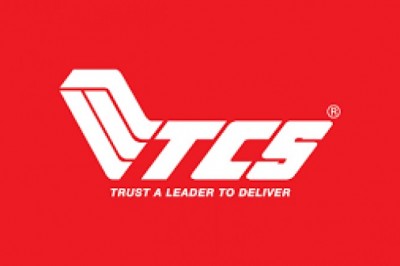views

The pace of technological, cultural and demographic changes in the world today has made innovation a centre of attention for every institution today, not just to bring novelty in their products, services and purpose but also at an existential level. The pace requires the workforces to respond to situations with speed and with ingenuity such as to provide differentiation of experiences to the stakeholders. It is increasingly relevant in the organized workplaces which are bound by structures, governance processes and systems to ensure uniform delivery of services to their customers and recipients of such service. Highlighting such pace at Toyota {Jeffrey H. Dyer and Kentaro Nobeoka, March 2000}, “Previous research suggests knowledge diffusion occurs more quickly within Toyota’ production network than in competing automaker networks. The “Black Box” of knowledge sharing within Toyota’s network and demonstrate that Toyota’s ability to effectively create and manage network-level knowledge-sharing processes at least partially explains the relative productivity advantages enjoyed by Toyota and its Suppliers”. As the demand for services soar, the pace at which product, solution or service development is required is also changing rapidly. Innovation therefore is key to providing such differentiation.
As an abstract subject, innovation has been studied widely from several perspectives and models have been theorized to study the deeper level drivers of innovation both from a values, norms, and belief systems aspect as well as from common systems and processes perspective {Meglino, Ravlin, Adkins 1989}. Even a lot of research has been done to shaping cultures of organization to direct the specific norms that are created for their context.
This study establishes actionable and implementable factors that influence innovation on a day-to-day basis and simple practices that help organizations create a climate for meaningful innovation. The innovation practices are directly influenced by the components of culture that an institution has as also on the team level management practices. In line with these two constructs this study looked at both the organization’s current culture and the team climate for innovation simultaneously. Meaningful Innovation is defined in this article therefore as the conditions for an individual in an immediate team environment as well as through the organization at large that facilitate ideation, collaboration on the idea and taking ideas to implementation through collaborative working {Anderson, West 1998}. Essentially it is about bringing individual’s creativity to action by creating a conducive organization climate for thinking, ideating and implementing ideas.
This study outlines the way innovation is enhanced by having work that is structured appropriately, and processes making it possible to contribute on value added tasks rather than non-value-added activities. The counter-intuition to this fact suggests that innovation only thrives in unstructured environment, but this study points to the fact that innovation activation requires a good balance of open environment, tasks and processes. In addition, clarity in the minds of subjects as to the future vision and direction plays an enabling role in inducing innovation. Further team collaboration and an environment of sharing in addition to absence of disunion and disharmony brings in the best of people in creating meaningful innovation. One of the main insights from this study is in the fact that it institutes, and points towards a balance of forces when it comes to processes & openness, collaboration & individual task clarity and knowledge sharing vis-à-vis individual knowledge application {Detert, Schroeder, Mauriel 2000}. Further, this must be embedded in an overall paradigm of clear vision and perceived sustainable organization that works towards the long-term future.












